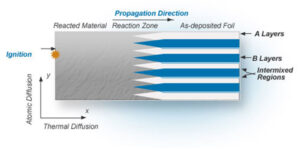S-Bond Technologies “Industry News” Webpage
S-Bond Technologies has added a News section to its website. This news section is focused on industry and technology developments that may be of general interest to you or may impact your business. Our Industry News feed will be updated during each month as targeted technology and industry news is identified. Dr. Ronald Smith, President of S-Bond Technologies says “Our Company is materials technology focused with solutions in metals and ceramic bonding that are well suited for dissimilar materials joining, aluminum bonding, and ceramic to metal bonding. Applications for our technology include thermal management, alternative energy, sensors, electronics, aerospace and automotive. We are providing this Industry News section focused on applications that benefit from bonding technology as a feature for our website visitors and customers.”
This industry news provided at our website www.s-bond.com centers on materials technology in industry where bonding/soldering/brazing challenges are prevalent. The News section articles will be available in an S-Bond News Team periodic email that will feature the most recent news articles.
Please if you want to opt-in on our periodic S-Bond News Team communication… please click the link below. If you do not opt-in, you can still see the news by visiting our website, www.s-bond.com . If you do not opt-in, you will remain on our S-Bond e-Newsletter that features S-Bond related technical articles.
Opt-In for the S-Bond News Team communication.

